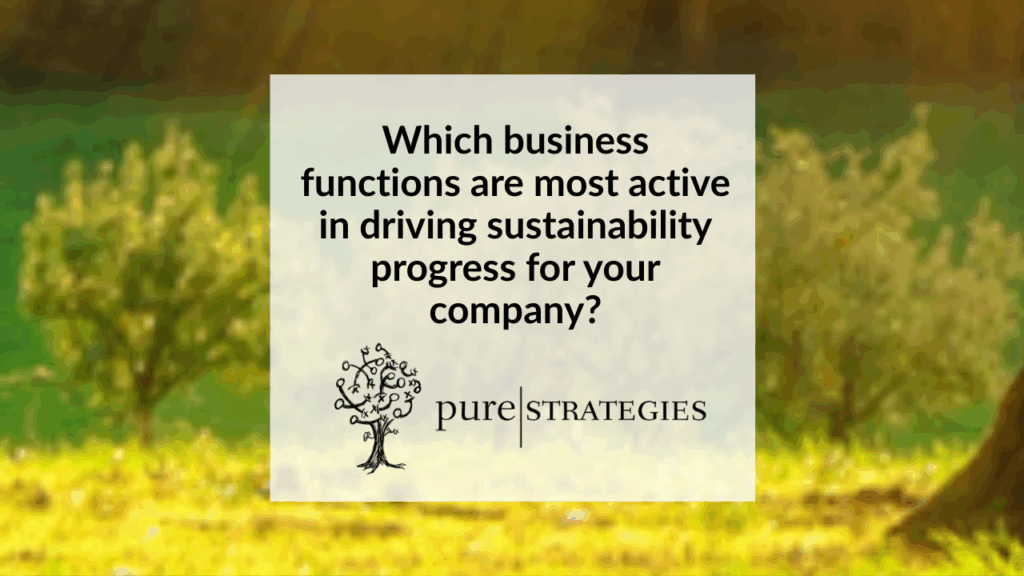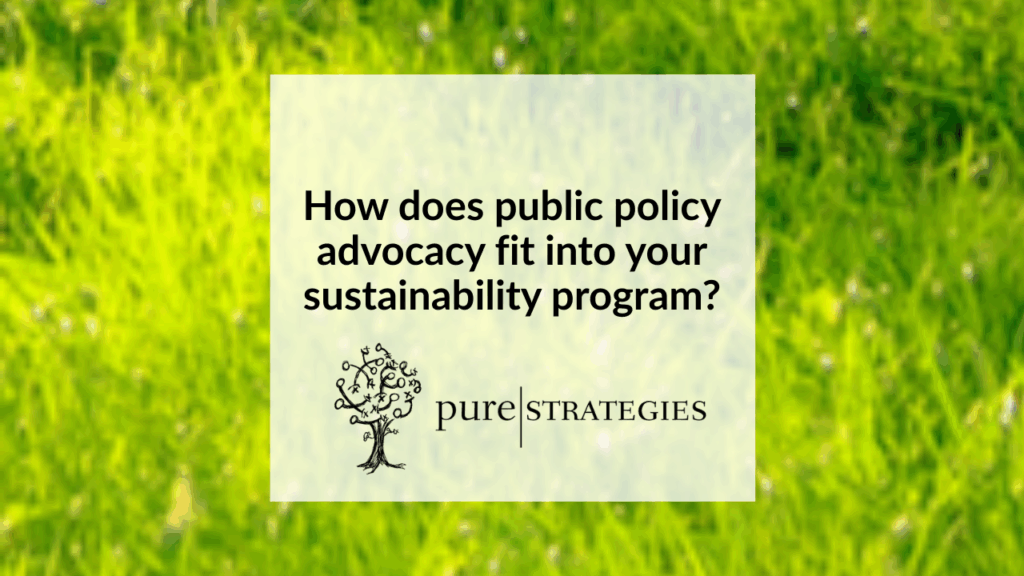With 2020 goals in the rearview mirror, corporate efforts to advance sustainability in sourcing and supply chains are poised for an important evolution. We’ve had glimpses of what is to come — sustainable sourcing shifting from a limited commodity focus and a reliance on certifications to more of an allied approach.
The commodities that have been the focus of sustainable sourcing over the last decade still only have a small portion certified. For example, in the case of palm oil, only 19 percent of palm is certified and that certified volume exceeds demand. This doesn’t mean we have failed. A lot of awareness and insight was gained during the past decade. However, we still have important supply chain risks and problems that need to be addressed.
The way forward demands more than an arms-length strategy of a transactional approach that relies on third parties and certifications. Over the last ten plus years, we have learned that more involvement from all parties is required, sharing the responsibility for progress. This is where an allied approach comes in.
What is an allied approach?
An allied approach to sustainable sourcing involves connecting to more stakeholders and supporting the transitions needed both internally and externally for a company.
There is still a valuable role for certifications, including helping to verify practices, but more is needed. Companies have realized that there are hurdles with certification, with similar challenges for other sustainable sourcing requirements. These include data availability, financial risk to the producer with making changes, the cost of changing their current approaches, and capacity gaps such as knowledge, tools, and technical assistance.
An important insight from past sustainable sourcing efforts is that companies share these challenges since they are a partner and share some of the risks and rewards and thus should help their supply chain clear many of the hurdles. This can include providing financial support or purchase commitments to address risks and costs. Companies can also help connect organizations that can help develop capacity and have an impact at scale.
Working at the origin is critical, but this isn’t about a single farm or site. Taking a regional (or landscape or jurisdictional) approach in areas of highest risk and impact can help ensure that changes are culturally accepted and that the transition takes hold more broadly. To be truly successful, sustainable sourcing needs to reach more than just the few suppliers with purchase contracts.
For example, as a part of the extensive approach General Mills developed to support its goal to “advance regenerative agriculture on 1 million acres of farmland by 2030”, the company provided a $1.65 million grant to the non-profit Soil Health Academy to educate and mentor wheat and oat producers in the U.S. and Canada as they transition from conventional agricultural practices to soil health-focused regenerative agriculture practices.
What does the sustainable sourcing journey look like?
There are a few straightforward steps to developing a sustainable sourcing strategy. These are described in the new report sponsored by Pure Strategies — assessing, defining, and activating.
Assessing the environmental and social risks across supply chains is a systematic process aimed to identify the top sourcing priorities (e.g., crops and impacts). While this may be familiar to many companies, an added step in this new era of sustainable supply chain management is to explore what those priorities may have in common along with identifying specific crops and impacts. Having a higher-level view with a common goal to the sourcing effort may help make internal funding and support more available.
For example, Keurig Dr Pepper launched a new goal in 2021 “to support regenerative agriculture and conservation on 250,000 acres of land by 2030.” The company noted that this is about accelerating supply chain efforts to address water, biodiversity, and economic resilience. So, regenerative agriculture and conservation is the common opportunity, with the crops of focus for this work including coffee, corn, and apples.
Establishing a goal is one aspect of defining a sustainable sourcing strategy. It’s important to engage stakeholders in the development of that goal and to help outline the support needed. This involves more than identifying certification programs that will provide verification or sourcing requirements to guide purchases. It’s important to get stakeholder input on the tools, training and other capacity needs to get there – from internal company needs to those at the raw material origin.
When Dr. Bronner’s sources it’s regenerative ingredients, the company talks to its supply chain partners about the gaps and the needs they have to be successful. Among other projects, this has led to the company helping with agroforestry training and building processing infrastructure to support the supply chain’s capacity and growth.
Then implementing the plan demands activating the teams within the company, the supply chain, and partnerships with external organizations. Walmart’s sustainable sourcing efforts were reframed in 2020 to “help protect, manage, or restore at least 50 million acres of land and one million square miles of ocean by 2030.” In addition to the goal of combining several commodities into a single strategy, it also combines sourcing and philanthropic investments. According to Walmart, it will be investing in and working with suppliers to source from placed-based efforts that involve collaboration between companies, governments, NGOs, and communities.
The elements of an allied approach to sustainable sourcing aren’t entirely new since companies have been on the learning journey for years and many have been adapting along the way. Now is the time to leverage that collective insight and drive to meaningful scale across the supply chain. This evolution should help companies reach 2030 goals of thriving and regenerative supply chains and share in the success with supply chain partners.
This article originally appeared in GreenBiz on September 21, 2021.


